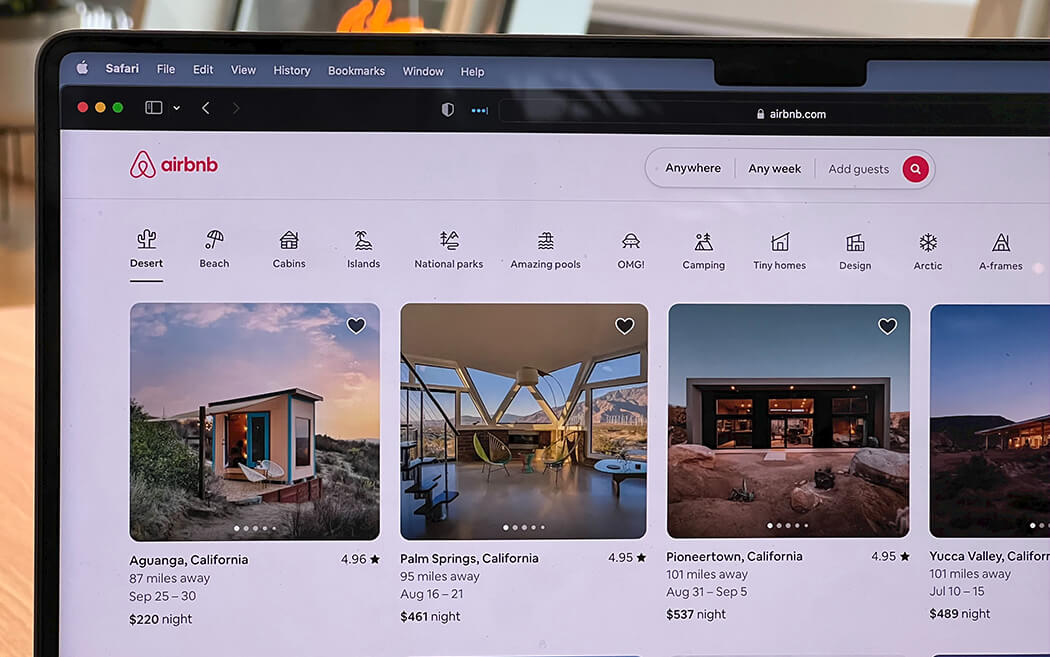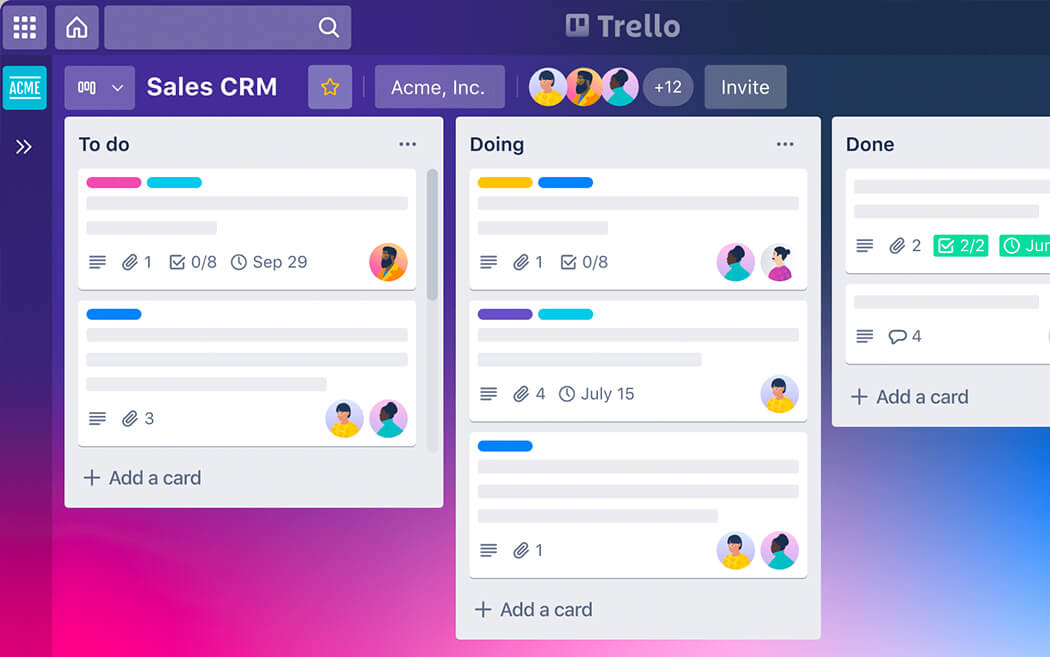How can a user-centric approach and a strong product vision shape the success of SaaS development?
Introduction
In the world of Software-as-a-Service (SaaS) development, creating a product that truly resonates with users is the key to success. To achieve this, a user-centric approach combined with a well-defined product vision plays a pivotal role. By aligning development efforts around the needs and expectations of users, SaaS companies can innovate, build the right things, and create outstanding user experiences. In this article, we’ll explore the significance of user-centric innovation and the central role a product vision plays in SaaS development.
Understanding the User-Centric Approach
Before diving into the role of a product vision, let’s first understand what it means to be user-centric in the context of SaaS development. A user-centric approach revolves around putting users at the center of the development process, making their needs, desires, and pain points the driving force behind decision-making. This approach acknowledges that the success of a SaaS product ultimately hinges on how well it meets the expectations and solves the problems of its target users.
To adopt a user-centric approach in SaaS development, consider using the following tools:

- User persona templates: Tools like Xtensio and Venngage offer user persona templates that help you understand your target users’ characteristics, goals, and pain points.
- User feedback and survey tools: Tools like SurveyMonkey and Typeform allow you to gather feedback from users, conduct surveys, and gain valuable insights into their needs and preferences.
The Power of a Strong Product Vision
A product vision acts as a guiding light for SaaS development teams. It sets the direction, purpose, and goals of the product, ensuring that everyone involved is working towards a common objective. Here’s how a strong product vision impacts SaaS development:
- Inspiring Innovation: A clear and compelling product vision inspires innovation by sparking creativity and encouraging out-of-the-box thinking. It provides the necessary motivation to explore new ideas and solutions, enabling SaaS companies to stay ahead of the curve.
- Focused Decision-Making: A well-defined product vision helps teams make informed decisions throughout the development process. When faced with choices, they can align them with the vision, ensuring that every feature, improvement, or change contributes to the overarching goals of the product.
- Enhanced User Experiences: A user-centric product vision ensures that user needs and expectations remain at the forefront. By continuously referring back to the vision, development teams can create intuitive and seamless user experiences that address pain points and deliver value.
- Driving Growth and Differentiation: A product vision that aligns with user preferences and market trends has the potential to drive growth and differentiation. When a SaaS product caters to the specific needs of its target audience, it can stand out from competitors and attract a loyal customer base.
Here are some examples of companies that have successfully leveraged a product vision in their SaaS development:

- Airbnb: Airbnb’s product vision of “creating a world where anyone can belong anywhere” guided the development of their platform, enabling individuals to rent unique accommodations worldwide.
- Slack: With a vision to “make work simpler, more pleasant, and more productive,” Slack focused on creating a communication platform that revolutionized workplace collaboration.
Developing a User-Centric Product Vision
To leverage the power of a product vision in SaaS development, it is crucial to follow a user-centric approach during its development. Here are some steps to consider:
- Understand Your Target Users: Dive deep into the characteristics, preferences, and pain points of your target users. Conduct user research, gather feedback, and analyze user behavior to gain valuable insights that shape your product vision.
- Define Clear Goals: Establish specific, measurable, achievable, relevant, and time-bound (SMART) goals for your product. These goals should align with user needs and provide a clear direction for development efforts.
- Create a Compelling Narrative: Craft a compelling story that communicates your product vision in a way that resonates with both your team and your target users. This narrative should capture the essence of your product’s value proposition and its potential impact on users’ lives.
- Involve Stakeholders: Ensure that key stakeholders are involved in the process of defining the product vision. By including perspectives from different areas, such as development, design, marketing, and customer support, you can create a comprehensive vision that takes into account various aspects of the product.
When developing a user-centric product vision, the following tools can be useful:

- User research and analytics tools: Tools like Google Analytics, Hotjar, and UserTesting help you gather data, analyze user behavior, and gain insights into user needs and preferences.
- Visual collaboration tools: Platforms like Miro and Whimsical allow teams to collaborate visually, enabling the creation and iteration of product visions using various visual elements.
Embracing a User-Centric Mindset
A user-centric approach and a strong product vision go hand in hand, but they also require a shift in mindset within the development team. Here are some key points to remember:
- Continuous User Feedback: Incorporate user feedback throughout the development process to validate assumptions, identify pain points, and refine the product vision accordingly.
- Iterative Development: Embrace an iterative development process that allows for quick feedback loops and frequent iterations. This approach enables teams to respond to user needs and adapt the product vision as necessary.
- Data-Driven Decision-Making: Utilize data and analytics to inform decision-making. By leveraging user metrics, behavior patterns, and market trends, you can validate the product vision and make data-driven adjustments when needed.
To foster a user-centric mindset, consider utilizing the following tools:

- Customer relationship management (CRM) tools: Tools like HubSpot and Salesforce help manage customer interactions, track customer preferences, and ensure a customer-centric approach across the organization.
- Agile project management tools: Platforms like Linear and Trello enable teams to implement an agile development methodology, facilitating continuous iteration and quick response to user feedback.
Conclusion
In the ever-evolving landscape of SaaS development, user-centric innovation and a strong product vision are essential for building the right things and creating outstanding user experiences. By adopting a user-centric approach and defining a clear product vision, SaaS companies can drive innovation, differentiate themselves in the market, and ultimately achieve success. Remember, success in SaaS development lies in aligning development efforts with user needs, and a well-crafted product vision serves as the guiding light to achieve that goal.
Need to build an enterprise grade software?
We replace old enterprise implementations with the latest technology, custom built for better scale, security, usability and value.
So, how can you ensure your SaaS development process remains user-centric and aligned with your product vision?










